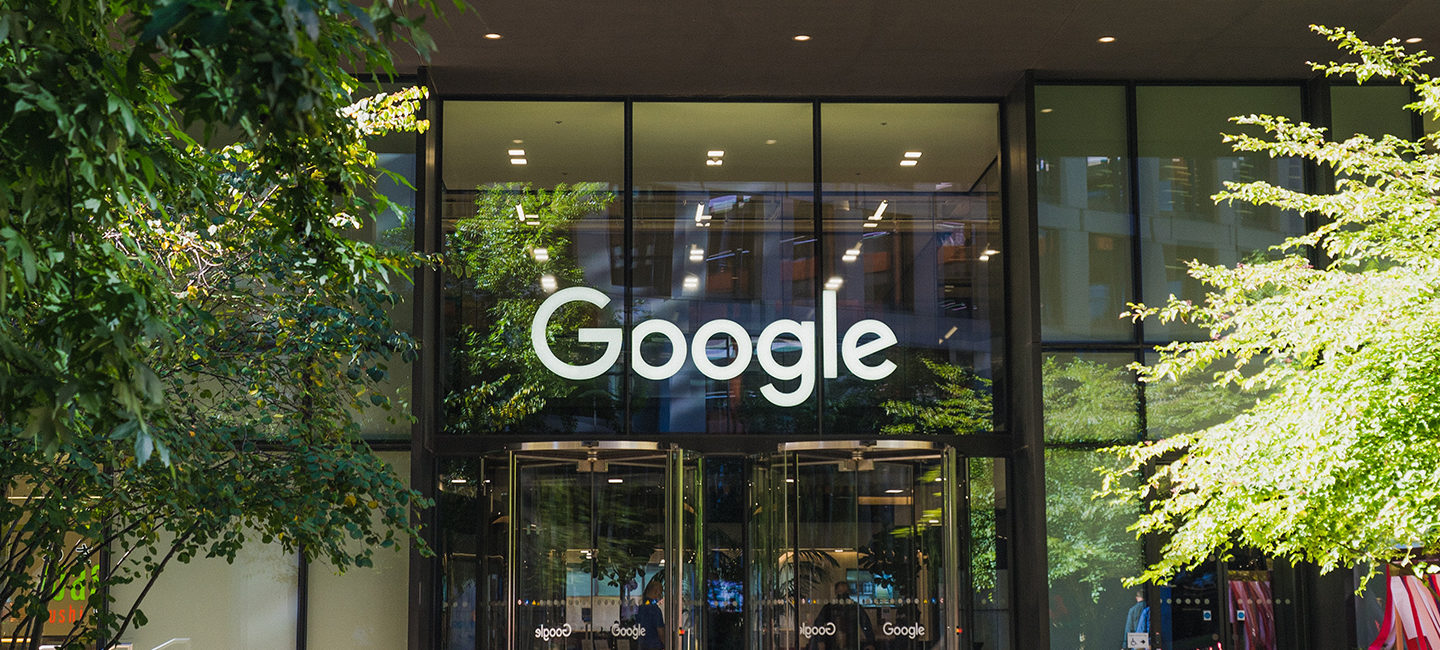Five Things You Need to Know About GA4
We’re just 12 months away from a major change to how marketers can collect and analyse website data. In July 2023, Universal Analytics – the current iteration of Google Analytics – will be superseded by GA4.
After years of relying on UA, this may initially sound slightly terrifying, especially given that historical data will disappear from UA when the switchover happens. But it’s not all bad news. In fact, GA4 has the potential to offer marketers a more holistic view of customer journeys, sparking some valuable conversations about how best to measure performance.
So, what do you need to know about GA4 and what steps should you be taking to prepare? In this blog, WPR’s senior PPC manager Andy Gorman gives you the lowdown.
1. the future is cookieless
A big change to Google analytics has been on the cards for a while. UA’s origins date back over a decade (long before GDPR existed), and it was designed for desktop devices and cookie tracking. With privacy and personal data concerns growing, consumers opting out of sharing data and frequently using multiple devices, Google was always going to need an alternative approach for a cookieless future.
GA4 will see much of the cookie-based demographic data currently contained with UA removed, including age, gender, hobbies (affinity audiences) and in-market audiences (the things people are looking to buy). In the longer term, Google’s intention is to remove the reliance on cookies by using machine learning to ‘fill data gaps’, offering greater stability in the face of an ever-evolving industry.
2. The New Focus is on Behaviours
There’s a definite shift in the focus of GA4, away from who your users are and towards the behaviour of those users on your site. In a technical sense, this will see GA4 look for event-based conversions (formerly called goals), rather than the session-based goals captured in UA.
The upside of this is that it will allow for some interesting and insightful modelling of the journey users take on your site. Google’s move towards using artificial intelligence to build predictive elements into conversion data also promises some exciting future developments. But, in the short-term, this change in emphasis will see a streamlining of the actions UTMs can track, removing content and term (keyword) to retain just source, medium and campaign.
3. YOU CAN’T Directly Compare UA and GA4
It won’t make sense to try and directly compare UA and GA4 – the data simply won’t match. So, you need to think about GA4 as a completely new data model and interface. You also need to be aware that the data retention time is shortening in GA4 to 14 months (the default in UA is 26 months).
The loss of content and keyword data in UTMs will make it a little more complex to track multiple sources for the same campaign, as it removes the ability to identify specific ads or keywords. There are solutions to this and, for anyone wanting to ensure they can still effectively evaluate campaigns, it’s worth checking that whoever does this work for you knows how to mitigate the changes in the ways UTMs can be used.
4. Installing GA4 IS a Priority
If you have Google Analytics on your website, don’t make the mistake of thinking you can wait until nearer the switchover date to install GA4. Although there’s a year until the cut-off point, if you install GA4 now you’ll mitigate some of the data loss. GA4 will track from the day you install, so the sooner you have it on your site, the more data you’ll have in place when the changeover happens. If you haven’t already, install it this month so that when UA switches off in July 2023, you’ll already have year-on-year tracking data within GA4.
This will also give you time to become familiar with the reporting options available in GA4. These offer greater flexibility than UA’s pre-built reports but won’t, in all cases, be able to deliver direct replacements. If you use an agency or freelance expert to provide your insights, make sure they’re already familiar with what can, and can’t, be reported within GA4.
5. If you Want to Retain Existing Data, Preserve It
There’s currently no automated way to migrate your data from UA to GA4, and it seems unlikely this will change. So, if you want to retain data, you’ll need to export the historical reports that are important to you. Google has said they plan to offer more advice on how best to do this as the switchover date approaches. However, there are ways to do this in meantime. The simplest – and most cost-effective – are likely to be manual exports, either directly from your Google Analytics account or using functionality such as the query explorer within Google DevTools.
The author: Andy Gorman is senior PPC manager at WPR. A certified Google Ads and Bing Ads professional, Andy is a specialist in website conversion rate optimisation and has an expert knowledge of Google Analytics reporting, using that data to pinpoint potential business growth.
If you’d like more advice, or to talk to one of our team about how to make sure you’re ready for the changes ahead, we’d love to help. Get in touch at info@wpragency.co.uk.

WPR is an award-winning PR agency, based in Birmingham, renowned for getting the world talking about the brilliant brands we work with. We specialise in consumer PR, across sectors including food and drink, retail and leisure; B2B PR, where we work with companies spanning manufacturing, construction and HVAC industries; and social media.
To start a conversation about how we can get the world talking about your business, please get in touch – we’d love to chat.
